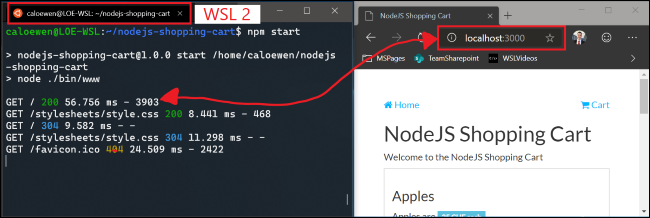Microsoft is adding a Linux kernel to Windows 10 to power the Windows Subsystem for Linux. But, guess what: You don't have to use Microsoft's Linux kernel. You can build your own custom Linux kernel for Windows to use.
This feature is part of the new version of WSL in Insider preview build 18945. This is a 20H1 build, which means it will likely be released in April 2020---it's unclear if this feature will make it to 19H2, expected for release in October 2019.
Microsoft had already added the Linux kernel, but now WSL 2 looks even more powerful than we originally thought. Now, you can do whatever you want with the Linux kernel, including adding kernel modules. You then specify the path to your kernel file in a
.wslconfig
file on your system and Windows will automatically load it whenever you launch a Linux system. You don't have to load a custom kernel---if you don't, Windows will just use the built-in one.
As Microsoft's Craig Loewen, program manager for the Windows Developer Platform, explains:
We provide a Linux kernel with WSL 2, and it’s shipped within Windows. However, there may be a case where you want a specific kernel powering your WSL 2 distros, such as using a certain kernel module, etc. You can now use the
kerneloption in the
.wslconfigfile to specify a path to a kernel on your machine, and that kernel will be loaded into the WSL 2 VM when it’s started. If no option is specified, you’ll go back to using the Linux kernel provided with Windows as part of WSL 2.
There are more improvements to WSL, too. The entire
.wslconfig
global configuration file is new, and WSL 2 users can now connect to Linux servers running on their system using
localhost
.
This latest insider preview build also features a redesigned Cortana experience, streamlined file search in File Explorer, and customizable text cursor indicator.


